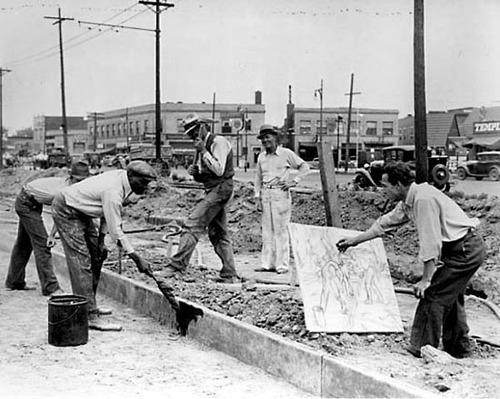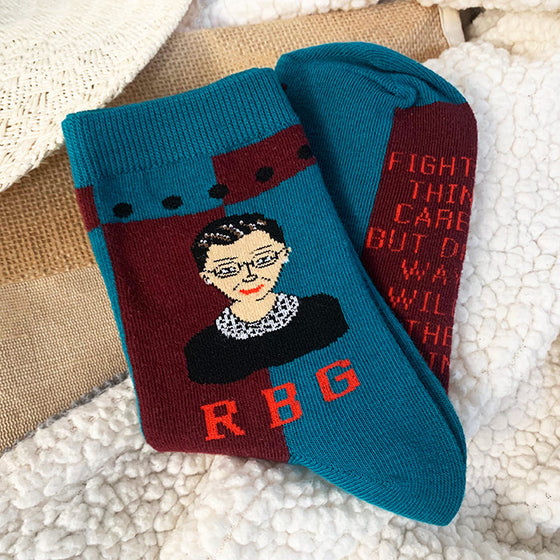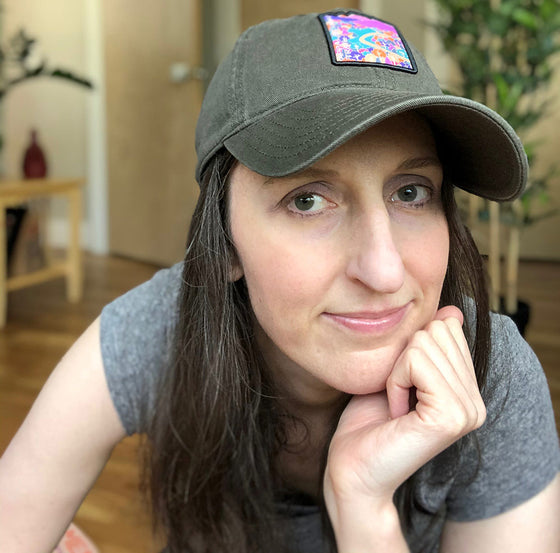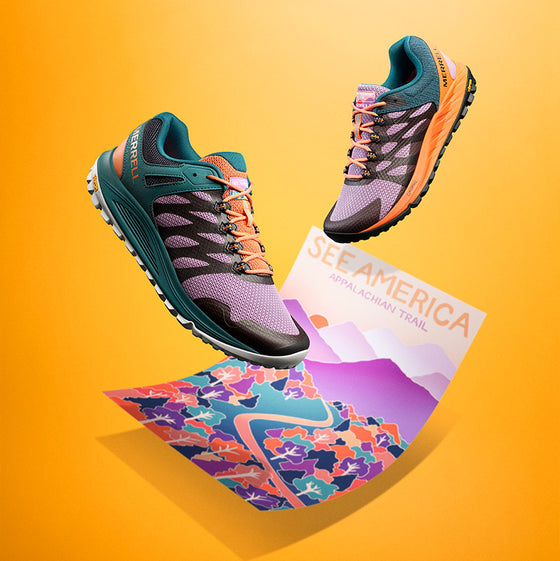It’s five years after the financial crisis and America is starved for solutions. Nearly 1 in 4 Americans is unemployed. Ragtag groups of students, unemployed workers, veterans, and the generally displaced, are occupying public spaces around the country. Republicans in Congress have blocked any significant government intervention. It was in that climate, in the fall of 1932, that we hoped for change with a new president.
President Roosevelt immediately launched a suite of new programs, to get America back to work, hiring construction workers to build roads, schools, hospitals, stadiums, dams, parks, zoos, and government buildings. We hired teachers to teach, farmers to farm, and engineers to engineer. And perhaps most surprisingly, we hired artists, to make art.
The idea was to give those on government welfare an opportunity to work, and artists were no exception. The government could have sent these artists to help on the vast array of ongoing construction projects, but instead, invested in the creation of art, no less important than the building of roads or bridges or schools or dams. The new Federal Art Project sent symphony orchestras to travel the country, writers to write travel guides for every state, and theatre groups to rural areas. Designers were put to work making posters, “to promote a wide range of programs, activities, and behaviors,” including reading to your children, visiting parks, washing your hands, and not getting syphilis.

As anyone who’s tried to organize creatives before knows, artistic work of this scale and quality doesn’t just happen. It requires space for exploration, room for discovery, and a safe space for collaboration. And it also requires structure, constraints, rules, and boundaries. It requires an appreciation for the lasting cultural impact of art to touch our hearts and change minds, and an intense focus on deadlines, deliverables, and measurable outcomes. This is not the kind of nuanced empathy and intentionality one would expect from the federal government, then or now. Today’s institutions and organizations are still struggling with questions the government tackled nearly 100 years ago.
"Federal paymasters knew how to operate ‘when you want to build a road, or build an airport, but how do you out an artist on a payroll? Should he be paid by the hour, or by the yard, who should supervise him, what constitutes production?" asked one WPA finance official. Could artists work from home or did they need to come into work? How many paintings could a painter be expected to paint in a week? What about a muralist? How much feedback was appropriate?
There is no magic formula for creative process. But even the acknowledgment that creativity deservesa process, deserves structure, deserves to be a core part of our institutions, was a huge step forward for the arts in our civic life, and for our country a a whole. The money we spent on these art project bought us an amazing catalog of art, theatre, music, and literature that fundamentally shaped the way we see ourselves. We invested in a new generation of artists, artists like Jackson Pollack and Arthur Miller, who launched legendary careers from the runway we provided them.
We’ve still got too much to do to let artists sit on the sidelines. Time to get the creative community to work.
Max Slavkin is co-founder at The Creative Action Network, a platform for crowdsourcing creativity for causes.


